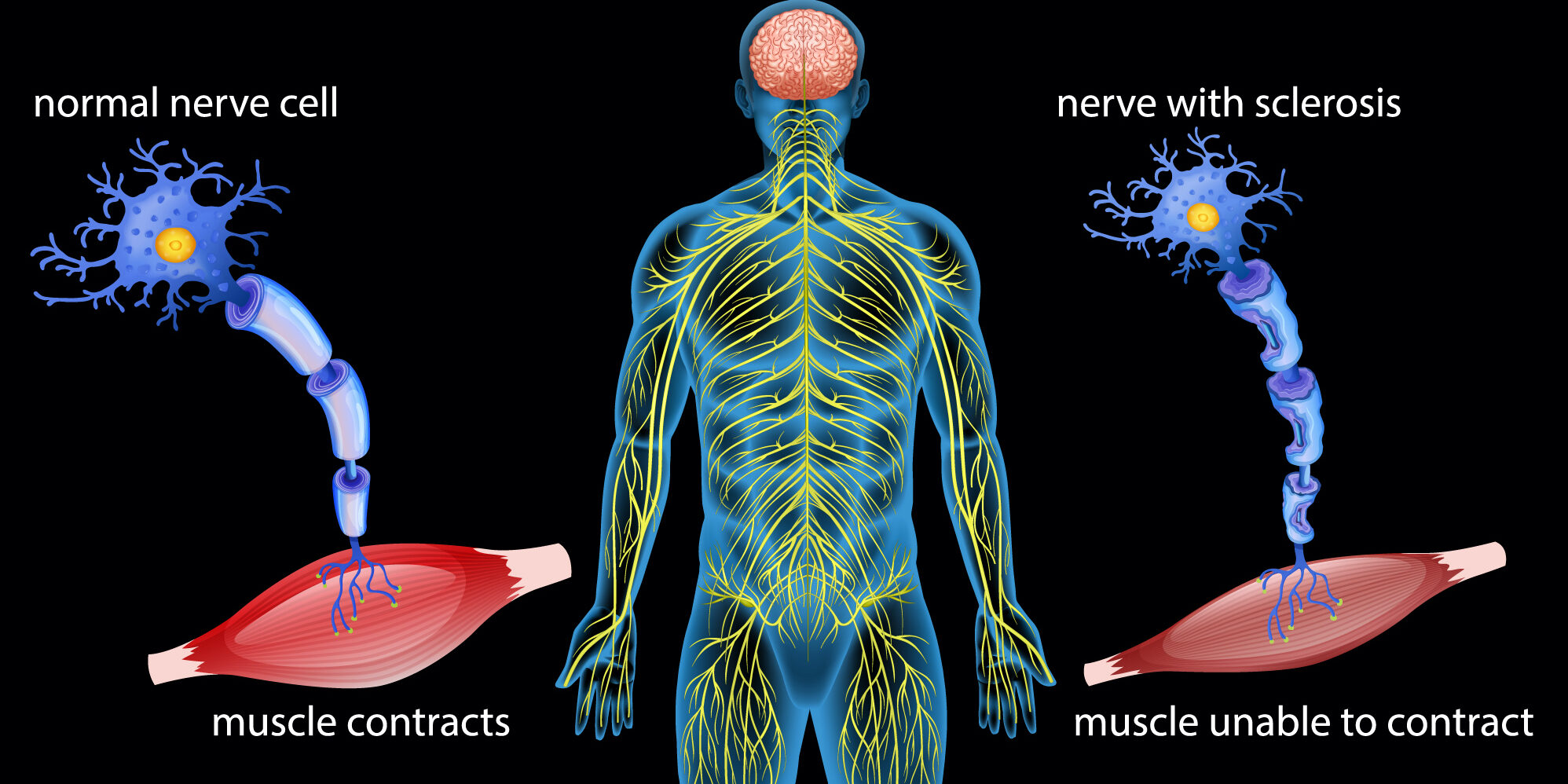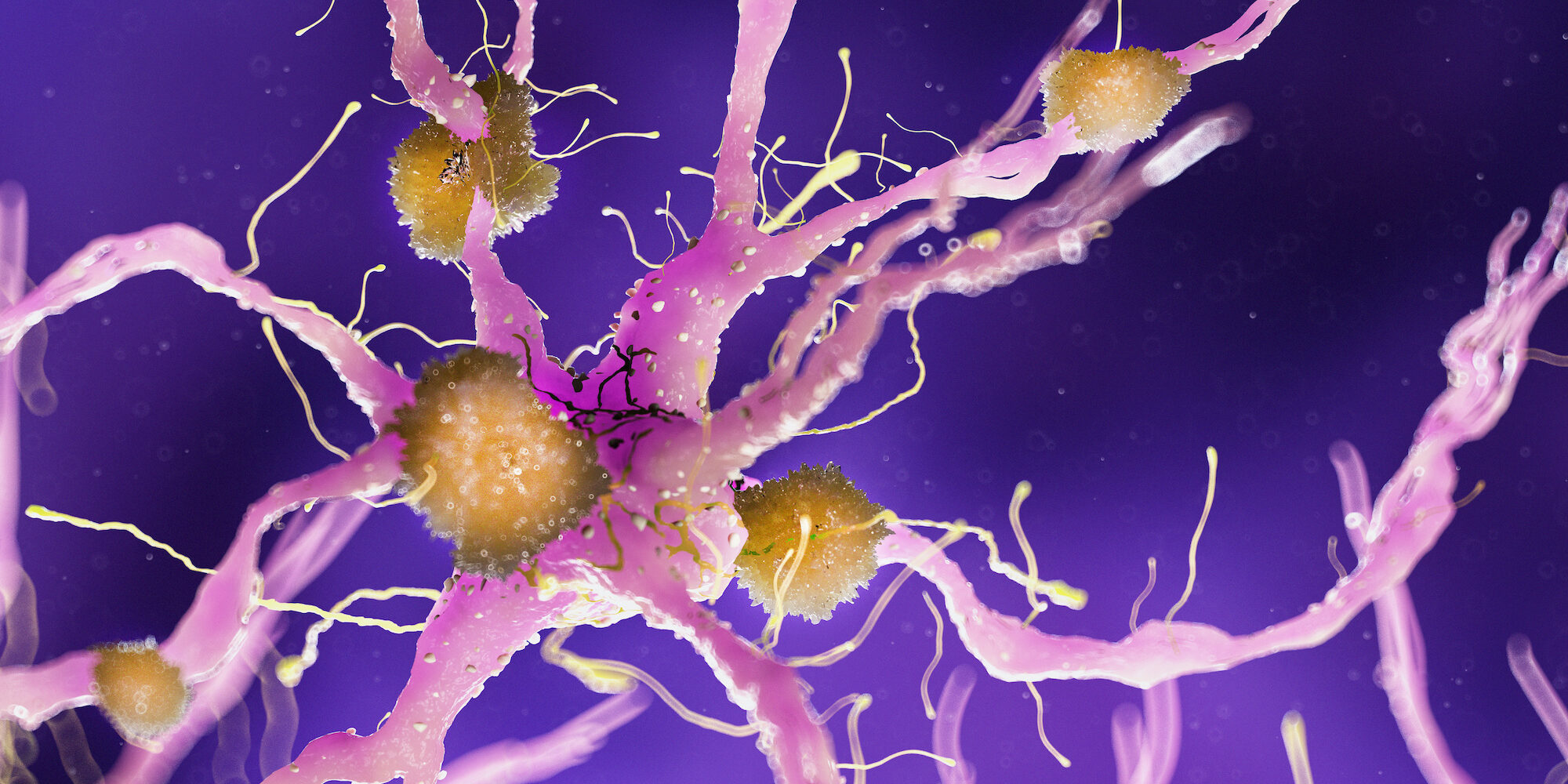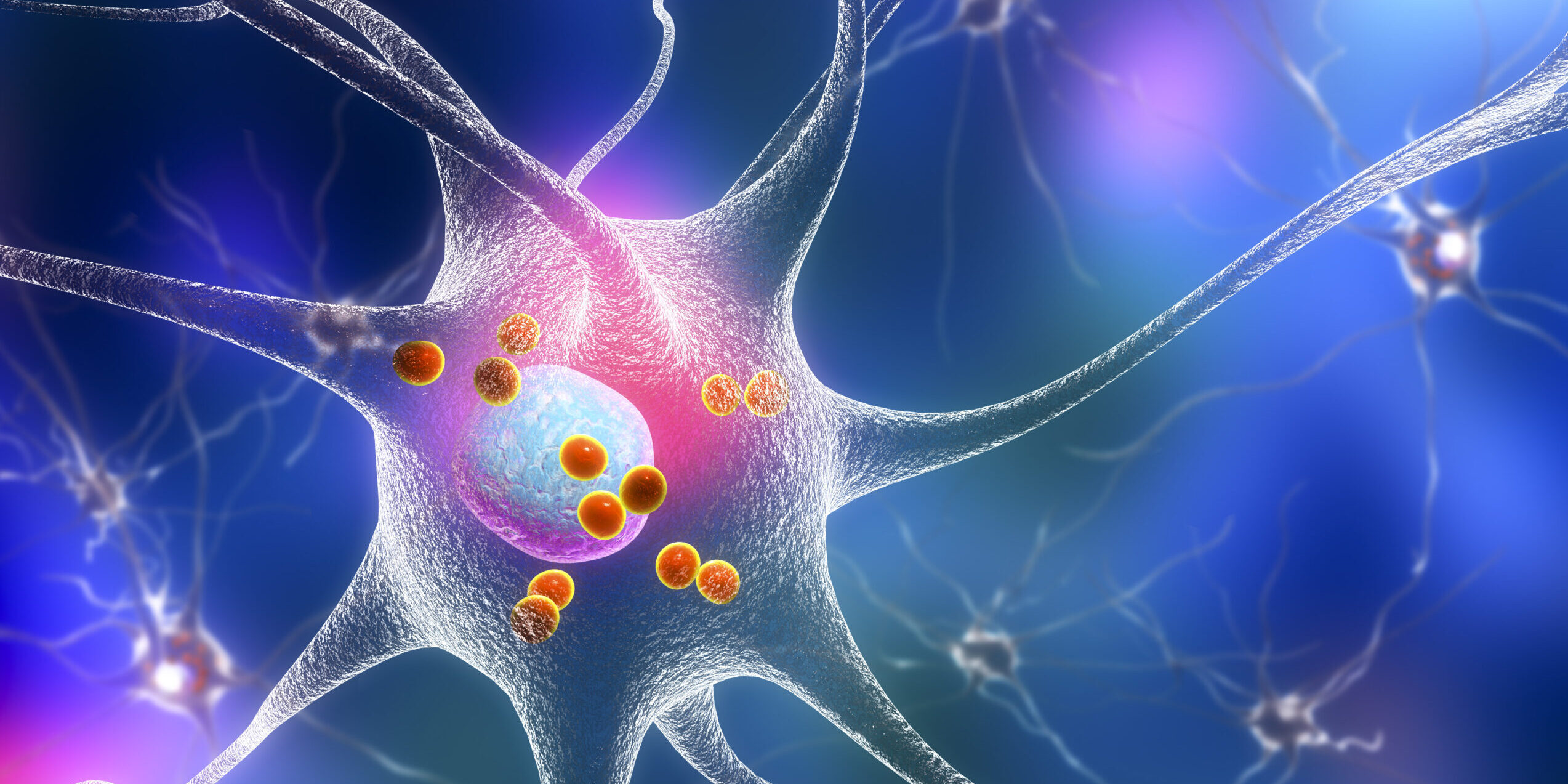Introduction: The World Your Children Will Live In
What would you think if you were told that the entire population of the four largest cities in the United States had suddenly come down with an incurable, fatal disease? You would probably suspect a terrorist biowarfare attack or else the emergence of some horrible new strain of bird flu or Ebola-like virus. Barring a medical miracle, something very like that is certain to happen in about thirty years’ time. By 2050, the United States is predicted to have thirty-two million people over the age of eighty, and unless something is done to prevent it, about sixteen million of them will have Alzheimer’s disease. That’s more than the populations of New York, Los Angeles, Chicago, and Houston put together.
The United States is not alone in this explosion of the elderly and potentially infirm. Throughout the world today, there are more people aged sixty-five and older than the entire populations of Russia, Japan, France, Germany, and Australia–combined. That seems like a lot, but it is minuscule compared with what is coming. From 1950 to 2050, the world population will have increased by a factor of 3.6; but those sixty and older will have increased by a factor of 10, and those eighty and older will rise by a factor of 27. In the figure below, black shading denotes countries where those over the age of sixty-five make up more than 20 percent of the population today and are projected to in 2050. (Data for this figure were taken from various sources, principally the World Health Organization and the United Nations. Although the demographic information for different countries is of varying reliability, the trend is clear.)
TODAY
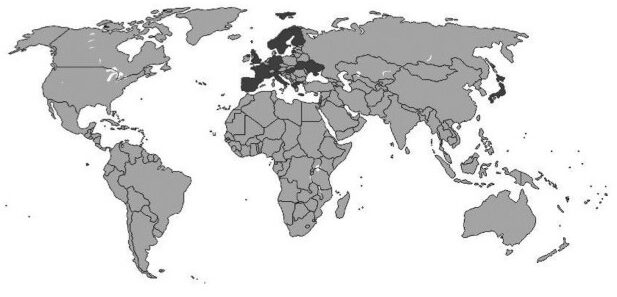
2050
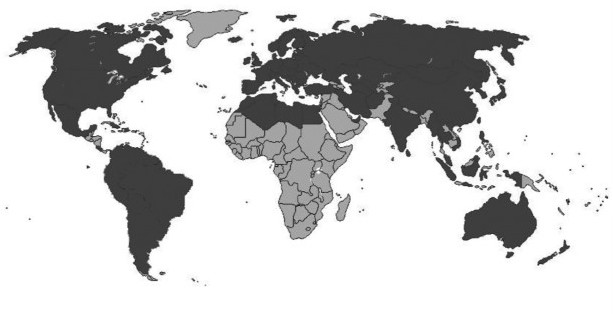
Right now, only a handful of countries have 20 percent of their population over the age of sixty-five; by 2050, most countries will. That has never happened before in human history. For hundreds of thousands of years, the age distribution of the human population has been a pyramid, with a large number of healthy, productive young people at the bottom supporting a much smaller number of sicker, non-working old people at the top. (That’s right: life is a Ponzi scheme.) But a perfect storm of low birthrate in the developed world combined with increased life expectancy in most countries is causing the pyramid to invert. At the moment, the fastest-growing demographic group in the United States consists of octogenarians and above.
Why We Do What We Do In This Lab
When we consider the financial and human costs of a future in which tens of millions of people will be afflicted with these devastating disorders, it becomes clear that we cannot afford to let that future materialize. None of the major neurologic diseases – Alzheimer’s, Parkinson’s, ALS, Frontotemporal dementia, Multiple System Atrophy, Progressive Supranuclear Palsy, and Huntington’s Disease – has any treatment that prevents or halts their relentless progression.
Today, the total economic cost of untreatable neurologic diseases exceeds $350 billion per year in the United States alone. By 2050, it is estimated that a single one of these diseases, Alzheimer’s, will cost the country $1 trillion annually (the total Gross Domestic Product is currently about $20 trillion). Statistics for other developed countries scale by their populations. The human cost is almost incalculable. Most Alzheimer’s and Parkinson’s patients are cared for at home, and the combined psychological and financial burden on their caregivers is crippling. It is estimated that there are fourteen to fifteen million unpaid Alzheimer’s caregivers devoting seventeen billion hours to looking after a relative or friend with the disease, and that their combined economic loss is greater than $200 billion per year. These numbers will, of course, only increase as the number of patients increases during the coming decades.
It used to be said during the Cold War years that you couldn’t understand the Russian psyche until you appreciated the fact that, statistically, every family in the Soviet Union lost a close relative in World War II. In forty years’ time, statistically, almost every family in the United States will have a relative with Alzheimer’s or Parkinson’s disease, and much of the rest of the developed world will be in the same situation.
A child born today will be about thirty years old when, projections say, sixteen million of his or her fellow Americans will have Alzheimer’s or Parkinson’s disease (and a significant number will have both). That child will also be living in a world where the health care system is bankrupt, the social fabric is rotting, and nearly every family knows the despair and horror of watching a loved one slowly succumb to a hideous illness.
But trend is not destiny; the future is what we make it. The challenge for biomedical research in an aging world is to help create a future where both young and old can prosper. That is the challenge that our laboratory is dedicated to meeting.
We have made some progress. We have increased our understanding of the causes of several of these diseases and have used that knowledge to identity and validate a set of novel targets for therapeutic development. As of mid-2020, we have potential disease-modifying treatments poised to enter human clinical trials for ALS, Alzheimer’s, and Parkinson’s diseases.
LEARN MORE ABOUT EACH DISEASE AND HOW WE ARE APPROACHING ITS CURE
